So you’ve made an offer on your dream house, its been accepted, and you’ve picked out your home inspector congratulations your almost to home ownership!!! Now is the crucial part of the home buying experience where the house goes under the microscope for possible defects, deferred expenses, and safety hazards. Home inspections are a great tool in the negotiation process and can make or break a deal but make sure you know what is included in a general home inspection and what can be “inspected”. Most all inspectors belong (if not they should) to a national Organization for home inspectors (ASHI,InterNACHI,NAHI) which has their own SOP (standards of practice) that they follow which outlines the basic protocol of what to expect and the guidelines a home inspector should follow.
Home inspections are a visual snapshot of the property at the time of the inspection , things can happen between the time of the inspection, when you move in, or 3-10 yrs down the road… it is a house and as it gets older systems age and things can and will happen. Home inspections are not technically exhaustive…meaning we do not tear apart walls, furnace components, water heaters, AC units Etc. no matter what HGTV show your watching says. These few examples are what is far beyond our scope of work we rely on the professionals that specialize in those various fields for their expertise to evaluate and fix problems that we may find and call out in our report. Besides if we find a problem we cannot fix it anyways even if we wanted to. Think of us a general practitioners.
Please keep in mind home inspectors do not have X-ray vision (I wish I did) there is a certain amount of risk in buying a house even if the house’s inspection report comes through with little or no issues found. We cannot see.
- Damaged or blocked sewer lines under the basement floor and outside under the property.
- Cracked heat exchangers on sealed high efficient furnaces,
- Structure issues blocked by wall coverings like paneling, sheetrock, siding, the current owners belongings or if it’s below grade
- Leaks whether its a roof leak and it hasn’t rained before, around or during the time of the inspection. Plumbing pipes are usually installed behind the wall coverings and if the house is vacant with no one using the water daily or if there are no signs of old water stains there is no way to really tell.
- Lack of access to areas for the inspection. some attics have no access panels or lack of room due to the where they are located at and if the current owners belongings are in the way.
Regardless of what we cannot see we have other ways of determining whether or not you will need a specialist to give you a further evaluation to make sure you are making the right decision on the property of interest. Just remember a home inspector is for you and your families protection.
